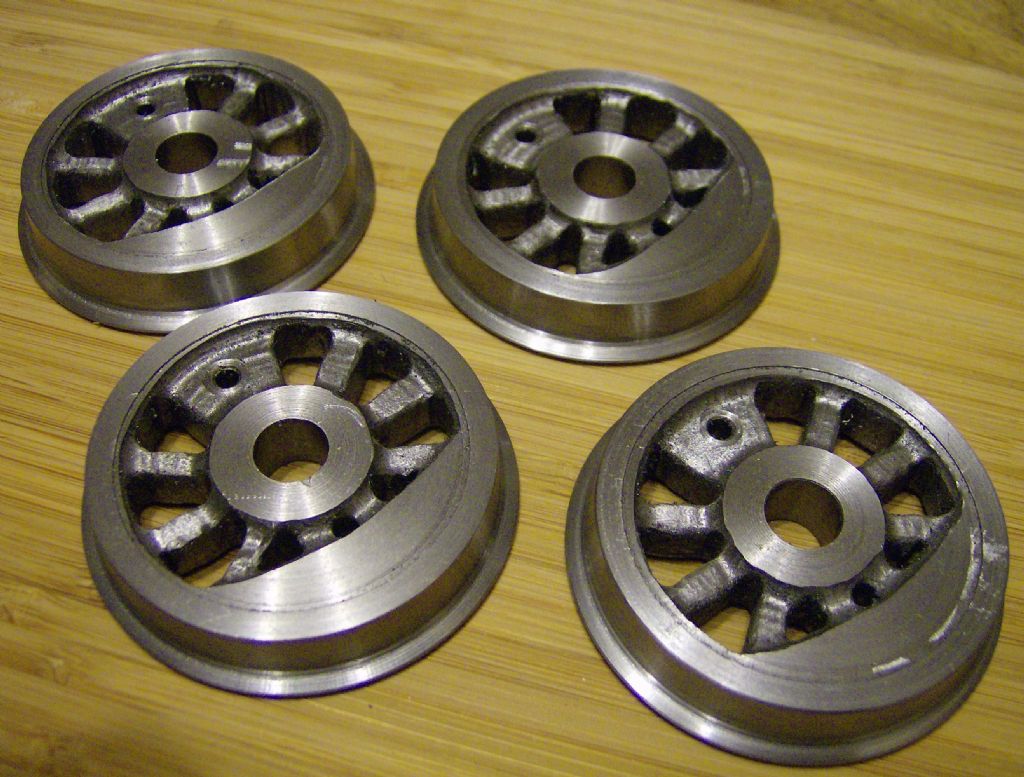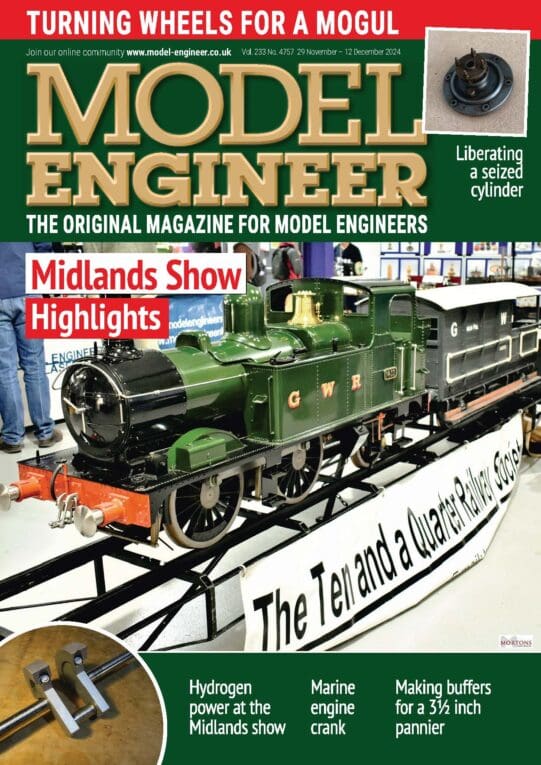Fits, play and axleboxes
Fits, play and axleboxes
- This topic has 16 replies, 6 voices, and was last updated 9 February 2012 at 20:34 by
Sub Mandrel.
Viewing 17 posts - 1 through 17 (of 17 total)
Viewing 17 posts - 1 through 17 (of 17 total)
- Please log in to reply to this topic. Registering is free and easy using the links on the menu at the top of this page.
Latest Replies
Viewing 25 topics - 1 through 25 (of 25 total)
-
- Topic
- Voices
- Last Post
Viewing 25 topics - 1 through 25 (of 25 total)
Latest Issues
Newsletter Sign-up
Latest Replies
- What is (Traditional) Model Engineering?
- CCleaner
- BLACK FRIDAY……
- Traction Engine Identification Help Please….
- Newbie
- maid of kent valve gear
- 775 Motor based Dynamo ?
- Stuart Grasshopper – beam pivot supports; puzzled
- Dismantling the Pratt Burnerd Myford 3 jaw chuck
- Electromagnets (Split From Stuart Dynamo)









